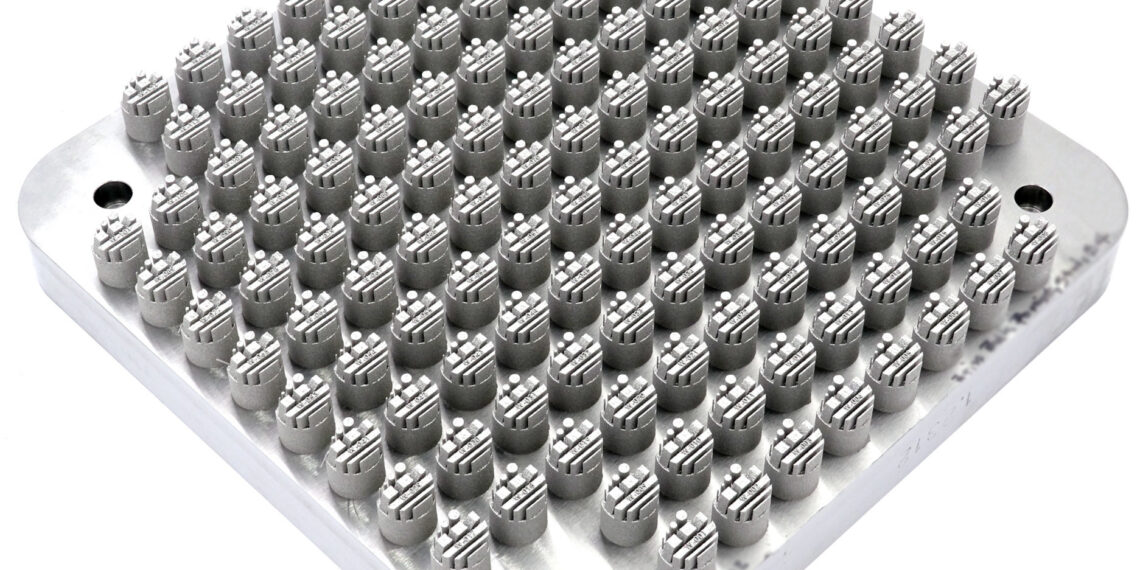Germany-based ZEISS features a new additive manufacturing solution service, ParAM (Parameter for Additive Manufacturing), at The RAPID + TCT Event in Chicago, IL
Print parameters are at the heart of additive manufacturing to produce defect-free parts. The ability to print with a new material, adapt to change in powder characteristics, and increase print speed by increasing layer thickness to even placement of parts on the build plate are dictated by optimum print parameters.
ZEISS and Oak Ridge National Laboratory (ORNL), working together at the Manufacturing Demonstration Facility—a Department of Energy national user facility at ORNL—are developing a novel, fully automated solution to comprehensively evaluate a set of parameters in less than 12 hours.
“Our goal is for the user to start with a design of experiments, print coupons and evaluate best print parameters from the design of experiments plan in the same day, so they are ready to print parts the next morning,” said Pradeep Bhattad, product manager for ZEISS ParAM, a rapid parameter qualification solution.
According to Ryan Dehoff, section head for secure and digital manufacturing at ORNL, “Currently only a handful of alloys are qualified for printing and the majority of these are used in conventional manufacturing. However, there is tremendous benefit in developing and qualifying novel alloys specifically designed for additive manufacturing. The current challenge is the qualification process and technologies that can accelerate the development of new materials are critical.”
ZEISS ParAM, using its unique test design and evaluation workflow, makes it a versatile solution for multiple applications. Examples include evaluating parameters to print defect-free parts with a change in powder quality or a degree of recycling, developing print parameters for thicker powder layers, qualification of a build envelope, evaluating or compensating for a laser performance in multi-laser systems, and creating a parameter to print deformation-free parts. One or a combination of these parameter optimizations can help reduce the build failure rate and make additive manufacturing processes reliable while reducing the cost per part.








